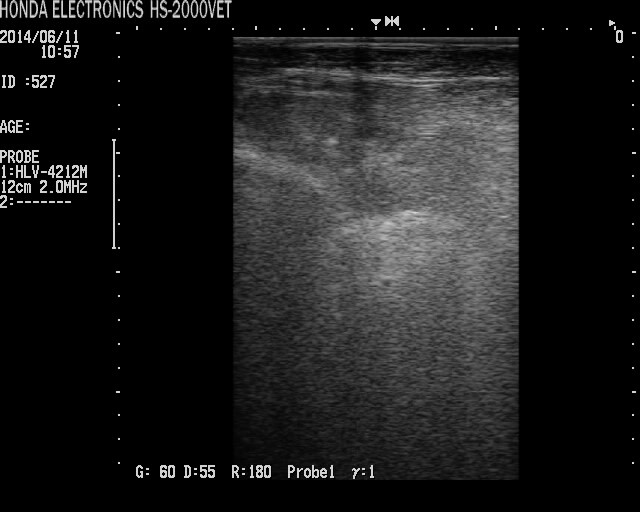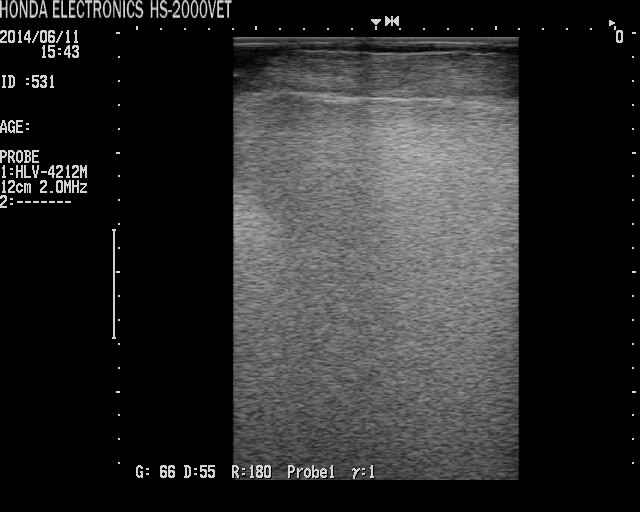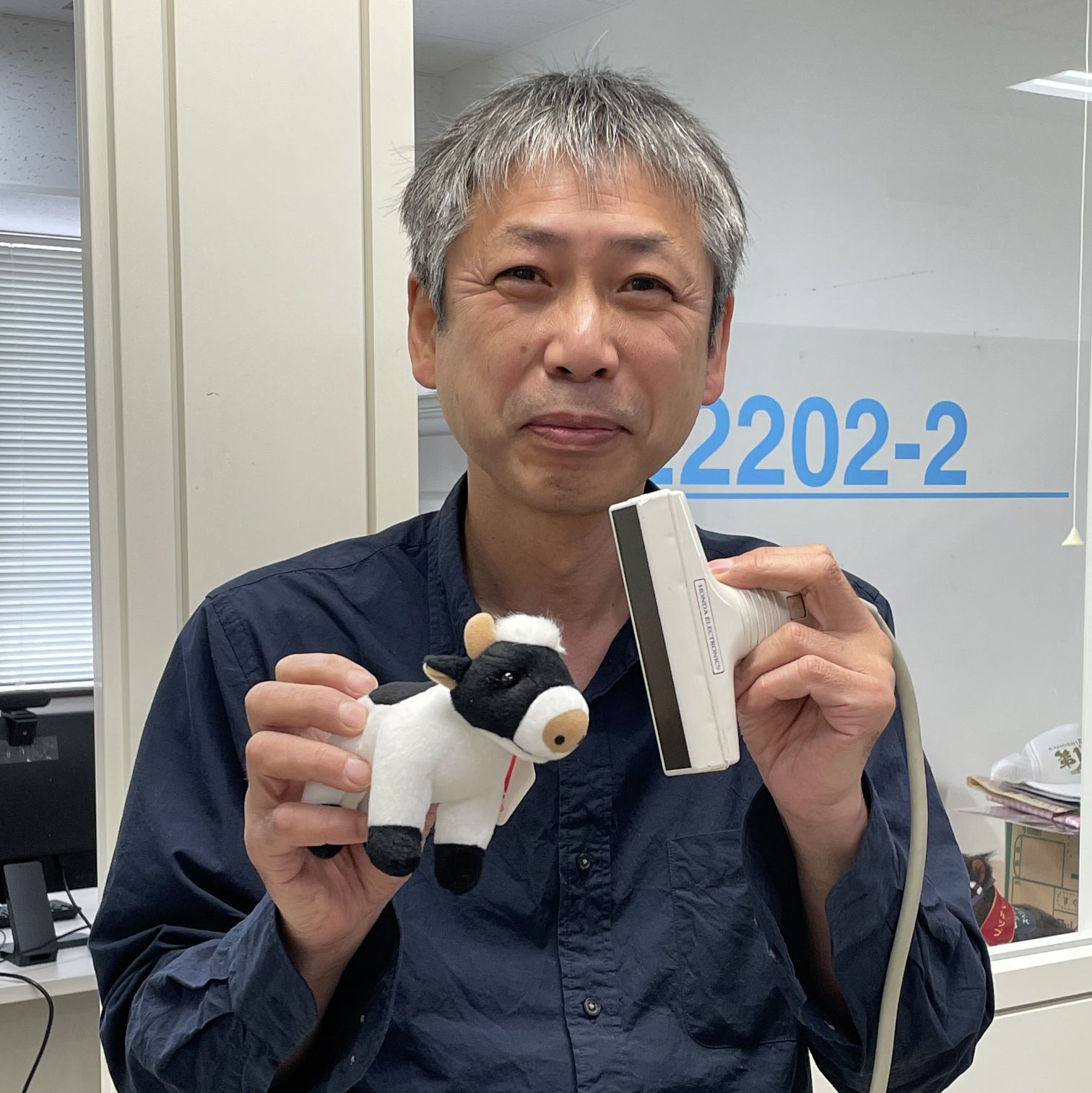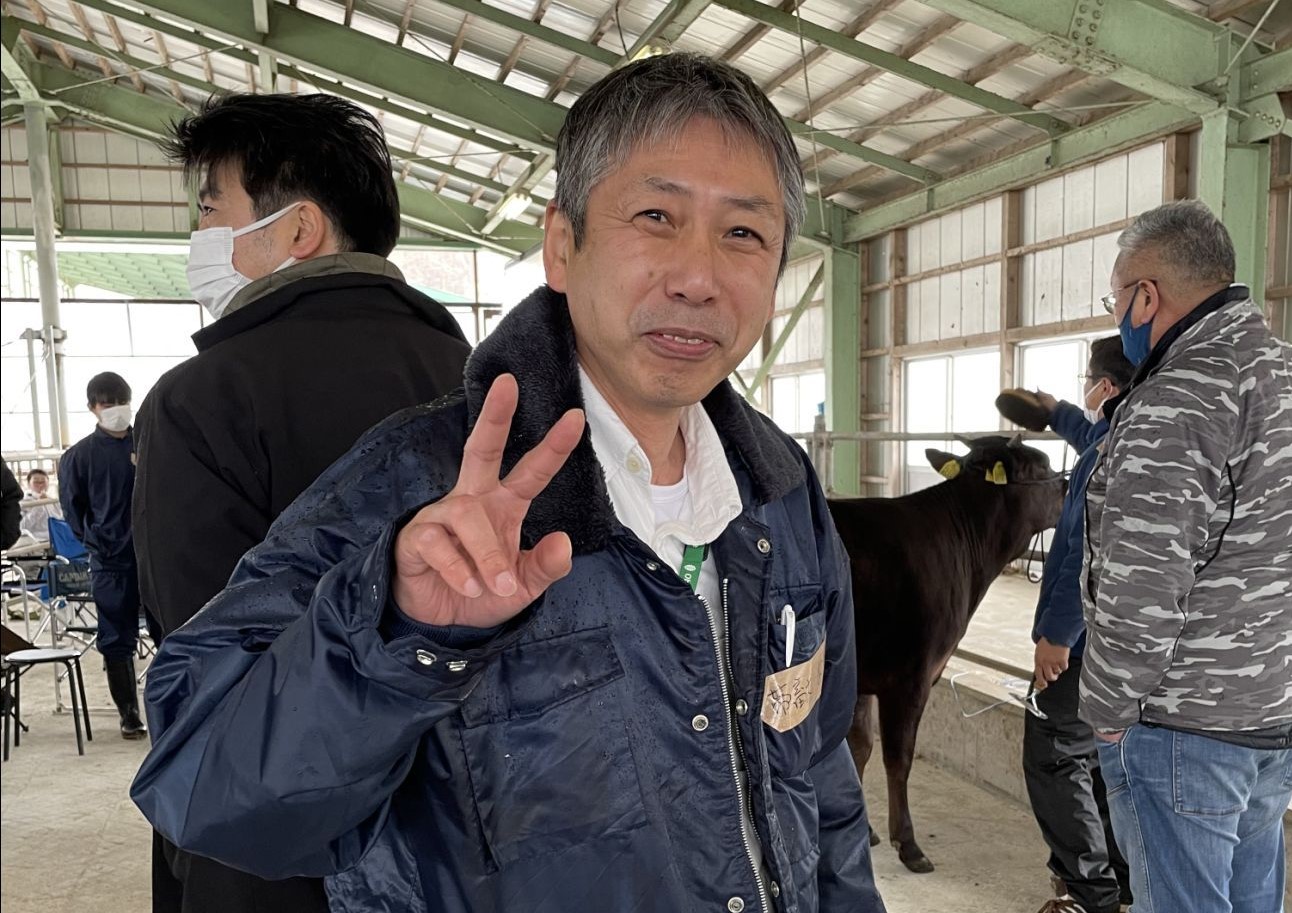NADE Toshihiro Professor
ThemeStable and efficient production of beef that meets consumer needs
| Field | Animal feeding, Meat quality and quantity evaluation |
| Keyword | Beef cattle, Feeding management, Growth performance, Meat quality and Meat quantity |
Introduction
The evaluation of beef cattle is largely based on heredity. However, the cattle's ability cannot be demonstrated unless the feeding management such as nutritional status suitable for the cattle is performed.Subsequent fattening results of fattening cattle differ depending on the energy intake during lactation and the development of the ruminant stomach.In recent years, fattening cattle have been fattening methods that increase marbling by lowering vitamin A in the feed. However, if it is lowered too much, the body gain will be poor, and not only the meat mass will be reduced, but also the marbling may be reduced. In addition, consumers these days have a growing need for lean meat as well as beef with a lot of marbling. For this reason, there is also a need for lean meat production technology by fattening multiparous beef cow that has finished reproduction.Furthermore, fattening technology that effectively utilizes unused resources in the region as feed is also needed from cost reduction, SDG's, and regional development.In order to solve these problems, we conduct researches on feeding management, and evaluate the growth pattern from the results of ultrasonic diagnostic technology (photos) and blood tests for biological information during fattening. As a result, we will examine in detail the reason why such meat quality was achieved.


List of current research topics
Efficient fattening technology by fattening multiparous beef cow
Possibility of feed by drying wine lees (grape pomace)
Examination of factors necessary for high-level stabilization of branded beef
| Academic degree | Phd. Agr. |
| License | Artificial inseminator, X-ray operations director, class-1 health officer |
| Self introduction |
I'm from Osaka. I have been involved in research on the relationship between beef cattle feeding management, growth patterns, and meat quality. Ultrasonic equipment evaluating, vitamin A control, and evaluation of taste. My hobbies are donating blood and eating delicious food. |
| Room address | General Research Building Ⅰ |
| Mail address | tnade  obihiro.ac.jp
obihiro.ac.jp |
Belongs
Research Department/Department of Life and Food Sciences/Division of Animal Production/Section of Animal Husbandry| Related industries | Livestock industry, Food industry, Social sysytem |
| Affiliated academic society | Japanese Society of Animal Science, Society of Beef Cattle Science, Japanese Society of Ultrasonic Technology for Animal Science, Society of studies on animal production sytems, Japanese Society of Meat Science and Tecnology |
| Academic background | 1990 Kinki Univ. Dep. Agr. 1990 Shirakawa Stock farm (MAFF) 2006 Nippon Veterinary and Life Science University 2015 University of Miyazaki |






